Great light painting is largely trial and error. Or is it? Can you produce consistent results with light painting? Let’s explore this!
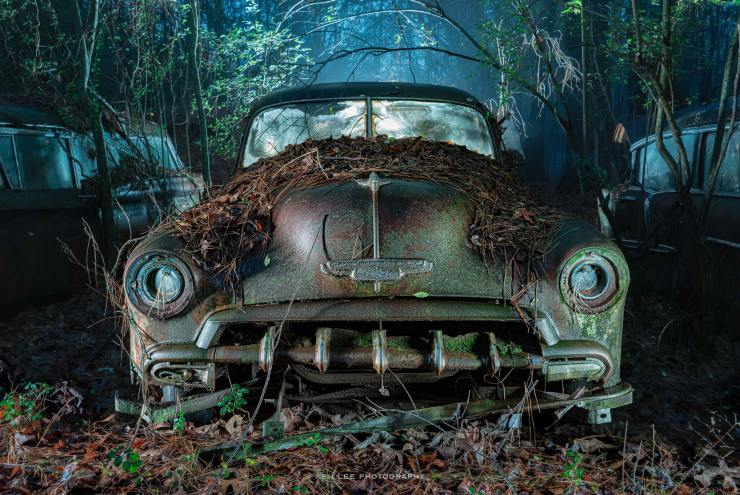
Experimentation
Light painting does have an element of trial and error, experimentation, and adjustments. But how much of it is, well, shooting in the dark?
Blasting away vs. specific angles
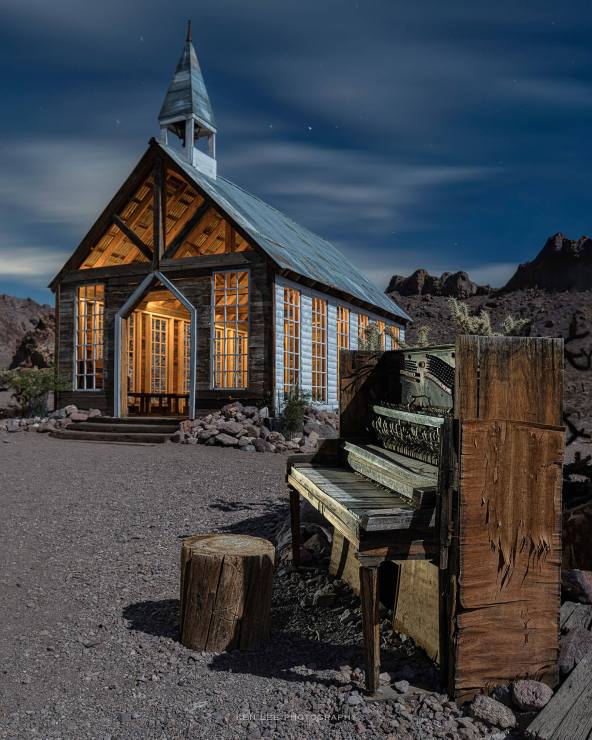
If anyone has been photographing for a while, they discover one thing about their pop-up flash: it looks horrible. By itself, it produces ugly, flat and unflattering light.
And light is light. A night photographer knows this as well. This is why you will just about never see a night photographer light painting a subject from behind the camera. Light is light. And straight-on light is, well, ugly, flat, and unflattering.
Interested in more? I take a deep dive into what kinds of light painting angles you can use when illuminating a subject in this article.

An easy way to diminish the light: Stand farther back!
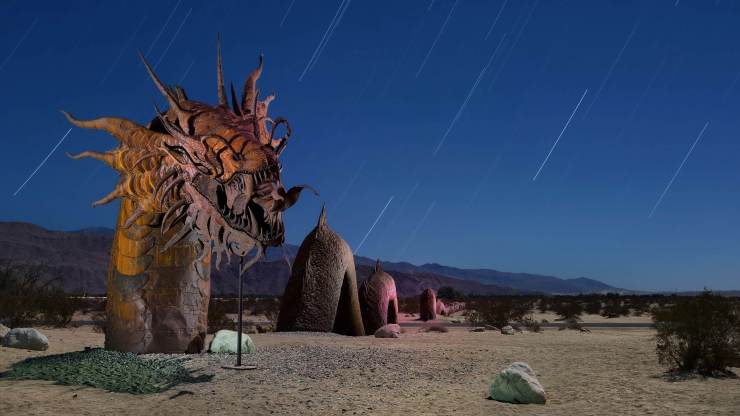
Just like anything else, light travels. And just like you calling after someone far away or throwing a baseball, over time and distance, it also diminishes.
So what does that have to do with lighting in photography? The Inverse Square Law in essence states that if you move your light farther away from the subject, the light will diminish in brightness.
That intuitively makes sense, right? After all, if you hold a flashlight close to a subject, the subject will look brighter than if you lit it up while standing far away.
It so happens that the Inverse Square Law simply tells us how much the light diminishes. Doubling our distance reduces the light falling on the subject by 25%. There. That was easy, wasn’t it?
Photographers do this all the time for flash photography and strobes. And night photographers who light paint subjects do this as well. Often, intuitively.
Red, red, red
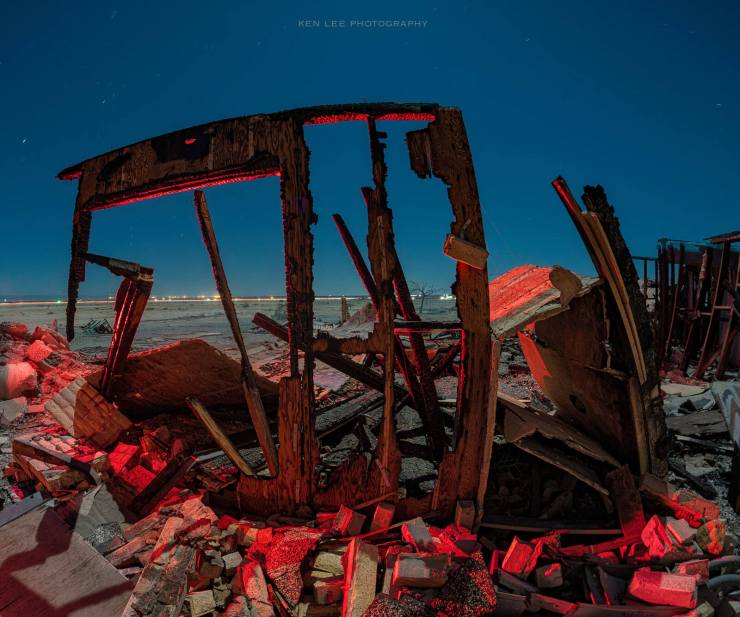
Photographers often notice that digital cameras seem particularly sensitive to red light. It’s easier to blow out the highlights and lose detail. Ask any concert photographer about bright red stage lights.
Night photographers who light paint find this out sooner or later if they use red light. Whoops! It’s suddenly far easier to clip your highlights!
A light painter will compensate for this. How? You might be able to guess from the Inverse Square Law. That’s right. Just move farther away from your subject!
If moving farther away is not an option, there’s other things you can do as well. Lower the saturation. Turn the brightness down. Illuminate the subject for a shorter amount of time.
Different colors sometimes will blow out highlights slightly differently although red seems to be the largest culprit. A seasoned night photographer learns this by doing after a while. Or possibly by reading my Photofocus articles!
Consistency
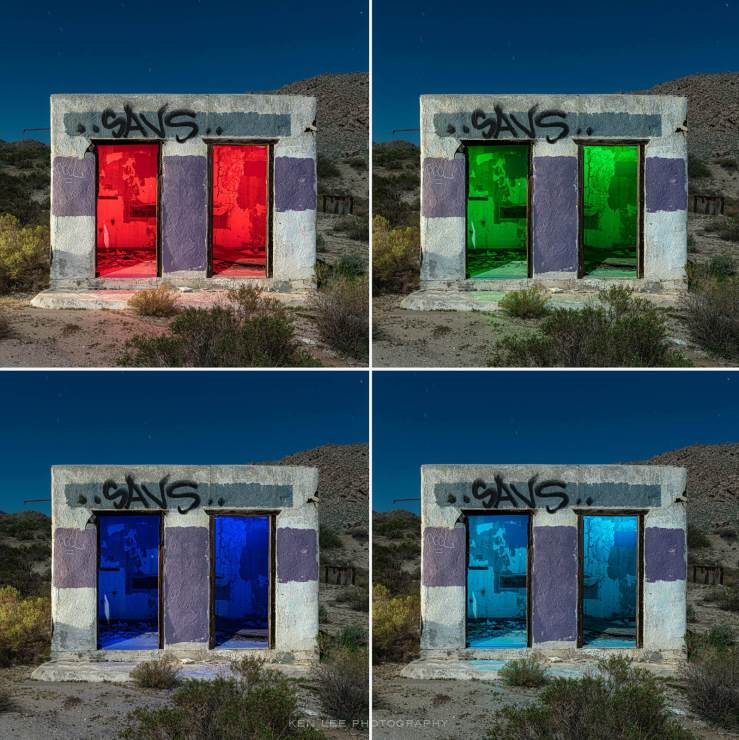
Four different attempts at light painting, one right after another. Consistency is key.
A night photographer who is good at light painting learns these lessons and more.
Sometimes, the person might learn it intuitively without knowing about things such as “Inverse Square Law”.
And in doing so, the photographer stops making the same errors over and over again. In doing so, illuminating the subject becomes far more common.
After a while, it’s not unusual for a night photographer to nail the light painting in the first try!
While light painting is an inexact art — mostly because we as humans are “inexact” — we can produce rather consistent results with a bit of practice. We want to learn enough so we are producing great results more often due to our skill and knowledge rather than serendipity.
Addicting
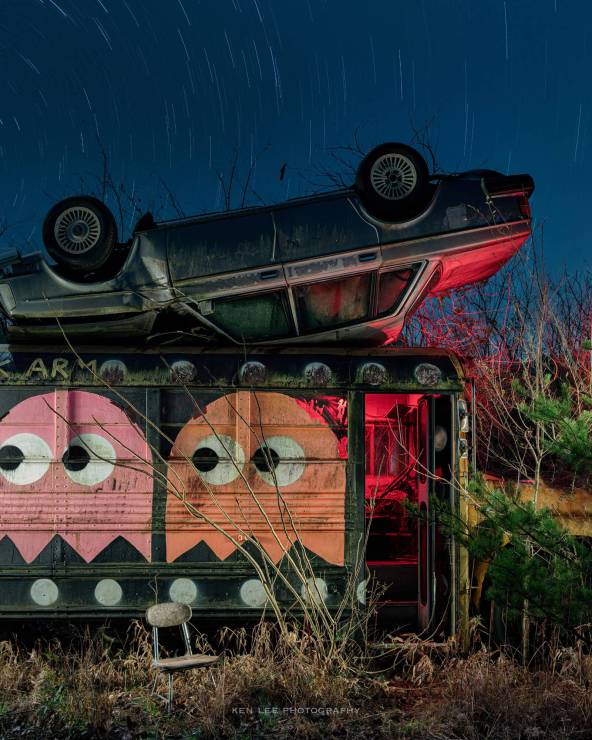
Does this sound difficult or confusing? It might not be. I think a lot of this you know intuitively already. Just keep it in mind when you are out at night illuminating subjects. And of course, keep practicing. While it’s helpful to read things like this article, it’s really helpful to roll up your proverbial sleeves and learn by doing. Have fun!
Tell your story with the second annual Visual Storytelling Conference!
Experience four days of interactive, online training sessions featuring a range of educational content with experienced photographers and content creators. This free event kicks off with a series of technical boot camps to build essential skills, followed by live, online sessions on photography, video, business and social media. Join live from March 10-13, 2022!
